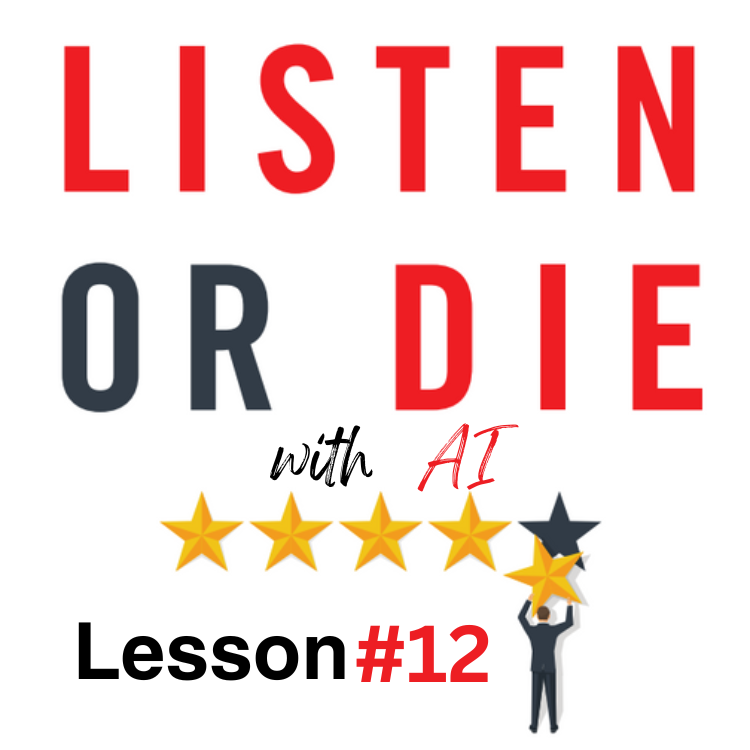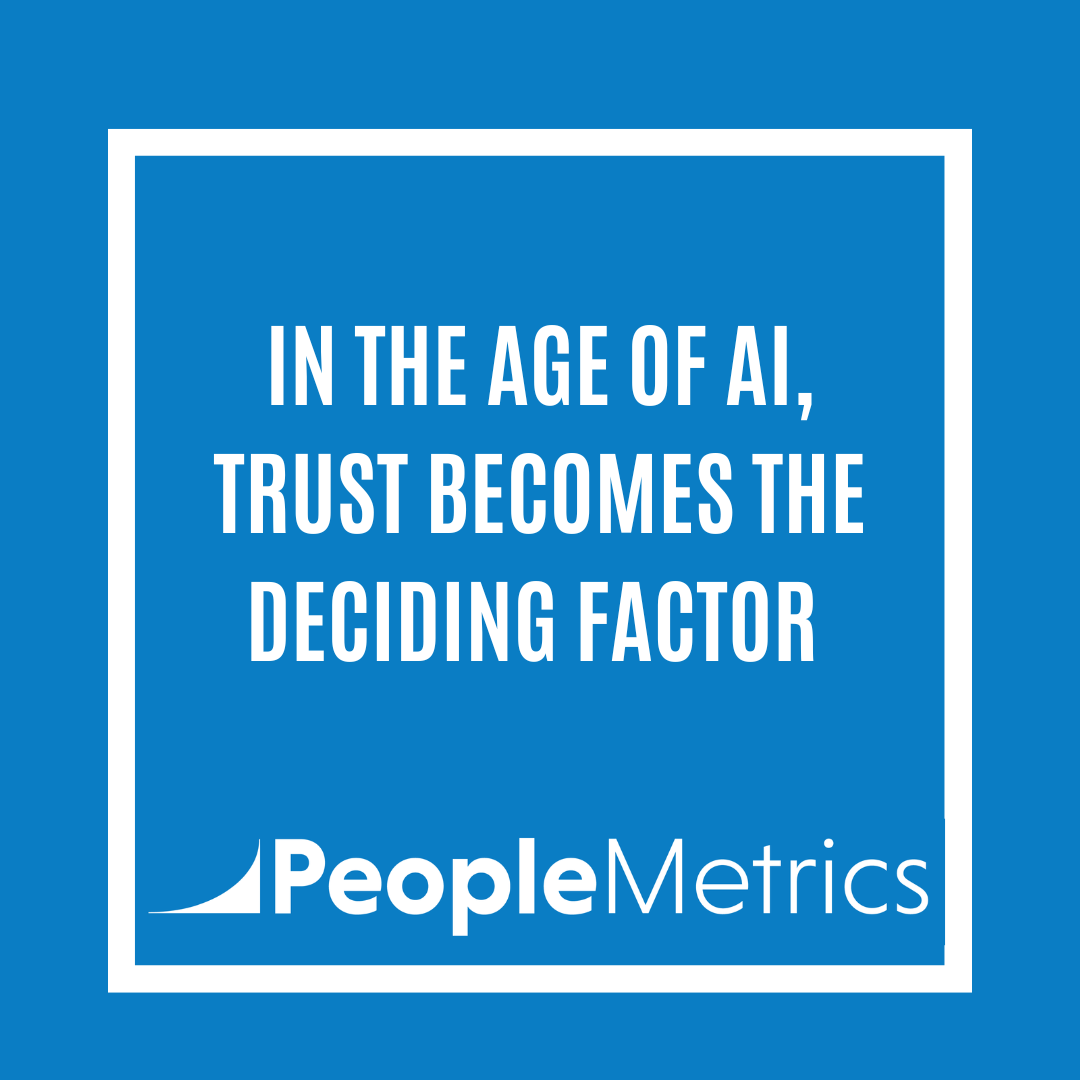If there’s one truth about VoC that hasn’t changed, it’s this: without leadership buy-in, your program is dead on arrival.
When I wrote Listen or Die in 2017, I emphasized that executive sponsorship is the single most important factor in VoC success.
It’s not technology, survey design, or even customer response rates—it’s whether someone at the top is taking CX seriously and making it a top priority within the organization.
And now, with AI reshaping nearly every part of VoC, has this changed?
Not really.
AI is making VoC programs smarter, faster, and more insightful, but no algorithm, machine learning model, or predictive analytics tool will ever replace the need for leadership to act on what customers are saying.
This is one of those lessons where AI has minimal impact—and that in itself is important to acknowledge.
AI Can Enhance VoC, But Leadership Still Drives Change
As I have covered in previous blog posts, there’s no doubt AI is improving VoC execution, including:
- Analyze a huge volume of customer comments in real time using text analytics.
- Detect patterns in feedback to predict churn or dissatisfaction before it happens.
- Prioritize issues based on impact on key outcomes (e.g., NPS), making it clearer where to focus improvement efforts.
But none of that matters if leadership isn’t listening.
AI is like Waze or Google Maps for VoC—it can map out the best route, highlight traffic jams ahead, and suggest detours. But if leadership refuses to take the wheel, the company is still stuck in place, going nowhere. For example:
- AI can tell you customers are frustrated with your onboarding process. But if leadership won’t fund improvements, the issue remains.
- AI can predict churn risk with pinpoint accuracy. But if no action is taken, those customers still leave.
- AI can highlight that customer sentiment is plummeting due to a new policy change. But if executives dismiss the feedback, the company still suffers the fallout.
AI doesn’t create a customer-centric culture—leaders do.
Why Leadership Turnover is Still VoC’s Biggest Risk
Another reality that AI won’t change? If your executive sponsor leaves, your VoC program is in danger.
Even the most well-integrated VoC programs can lose traction when leadership changes.
If the new CEO, CMO, or COO or whoever is the CX champion isn’t as passionate about CX, VoC can quickly become a background process instead of a strategic driver.
AI can keep revealing insights. Dashboards can still be populated with real-time feedback. But without leadership engagement, VoC loses its ability to drive real action.
Where AI Does Help: Making the Business Case for VoC
While AI can’t replace leadership buy-in, it can help secure it by making VoC’s impact undeniable.
Historically, some executives viewed VoC as “soft” data—a collection of surveys and scores that didn’t always tie directly to financial performance. AI is changing that perception by linking customer experience to real business outcomes.
How AI Strengthens the Case for VoC:
- Predicting Revenue at Risk: AI can analyze VoC data to quantify how much revenue is tied to dissatisfied customers, proving the financial cost of inaction.
- Tying CX to Financial Performance: AI can connect NPS, CSAT, and other CX metrics to customer retention and revenue growth, showing direct ROI.
- Benchmarking Against Competitors: AI can analyze social sentiment and industry trends, proving whether CX is a competitive advantage or a liability.
Executives who may have ignored VoC in the past pay attention when they see hard data showing that poor customer experience is costing them millions.
The Bottom Line
This is one lesson where AI doesn’t fundamentally change the game.
- AI can enhance how VoC is executed, but it can’t replace leadership commitment.
- AI can quantify the impact of CX, but executives must believe in CX as a strategic priority.
- AI can predict customer churn, but only human leadership can implement the changes needed to stop it.
At the end of the day, no VoC program—no matter how AI-powered—can succeed without leadership driving action.
The takeaway remains the same in 2025 as it did in 2017: get executive buy-in, or don’t bother with VoC.





